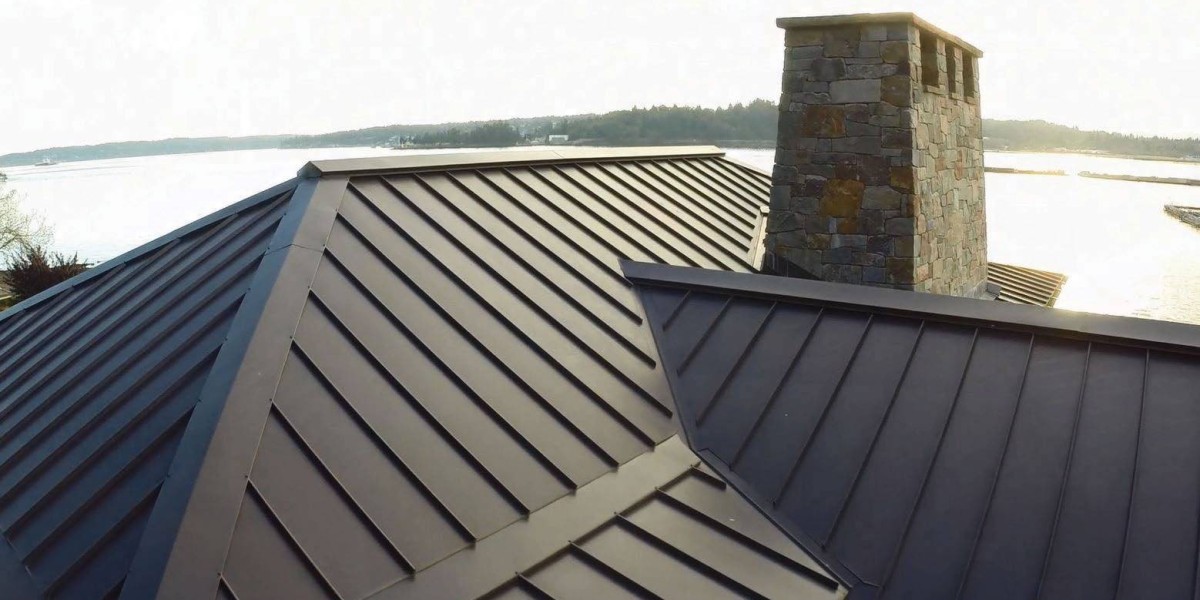In an era of increasing environmental awareness, homeowners and businesses are seeking sustainable solutions for their roofing needs. One such option that has gained significant popularity is metal roofing. Not only does it offer durability and longevity, but it also provides a range of environmental benefits. In this article, we'll explore the eco-friendly Benefits of a Metal Roof for your building.
Energy Efficiency
Metal roofs are highly reflective, which means they can effectively bounce sunlight and heat away from your building. This reflective property helps reduce the urban heat island effect, which occurs when cities become significantly hotter than their surrounding rural areas due to the absorption of heat by dark surfaces like asphalt. By choosing a metal roof, you can contribute to mitigating this phenomenon and decrease the energy required to cool your home or commercial space.
Recyclability
One of the standout features of metal roofing is its recyclability. When a metal roof reaches the end of its life cycle, the materials can be recycled and used to create new roofing materials or other products. This reduces the demand for raw materials and lowers the environmental impact of mining and manufacturing processes associated with traditional roofing materials.
Energy Savings
Metal roofs can help you save on energy costs year-round. Their reflective properties keep your home or building cooler in the summer, reducing the need for air conditioning. In the winter, they provide excellent insulation, preventing heat from escaping. This combination of benefits translates to lower energy consumption and reduced greenhouse gas emissions, making metal roofs an eco-friendly choice.
Reduction in Landfill Waste
Traditional roofing materials like asphalt shingles generate a significant amount of waste when they are replaced. These materials often end up in landfills, contributing to the growing problem of landfill overcrowding. Metal roofs, with their long lifespan and recyclability, produce less waste and help alleviate this environmental concern.
Energy Star Certification
Many metal roofing products carry the Energy Star certification, signifying their energy-efficient properties. Choosing an Energy Star-certified metal roof not only reduces your carbon footprint but can also make you eligible for tax incentives and rebates, saving you money while you contribute to a more sustainable future.
Cool Roof Technology
Some metal roofing systems feature cool roof technology, which enhances their ability to reflect sunlight and reduce heat absorption. Cool roofs can have a significant impact on reducing energy consumption and decreasing the heat island effect in urban areas, thereby benefiting the environment on a larger scale.
Reduced Carbon Footprint
When you install a metal roof, you are making a conscious choice to reduce your carbon footprint. The energy savings, recyclability, and extended lifespan of metal roofs all contribute to a more eco-friendly building envelope. By reducing the need for frequent roof replacements and lowering energy consumption, you can make a positive environmental impact.
Conclusion
Choosing a metal roof for your home or commercial building offers numerous environmental benefits. From durability and energy efficiency to recyclability and reduced waste, metal roofing is a sustainable choice that can help you contribute to a greener future.
By making this eco-friendly decision, you not only improve the environmental performance of your property but also enjoy long-term cost savings and peace of mind knowing that you are doing your part to protect the planet. So, when it's time to replace your roof, consider the many advantages of a metal roof for both your building and the environment.








